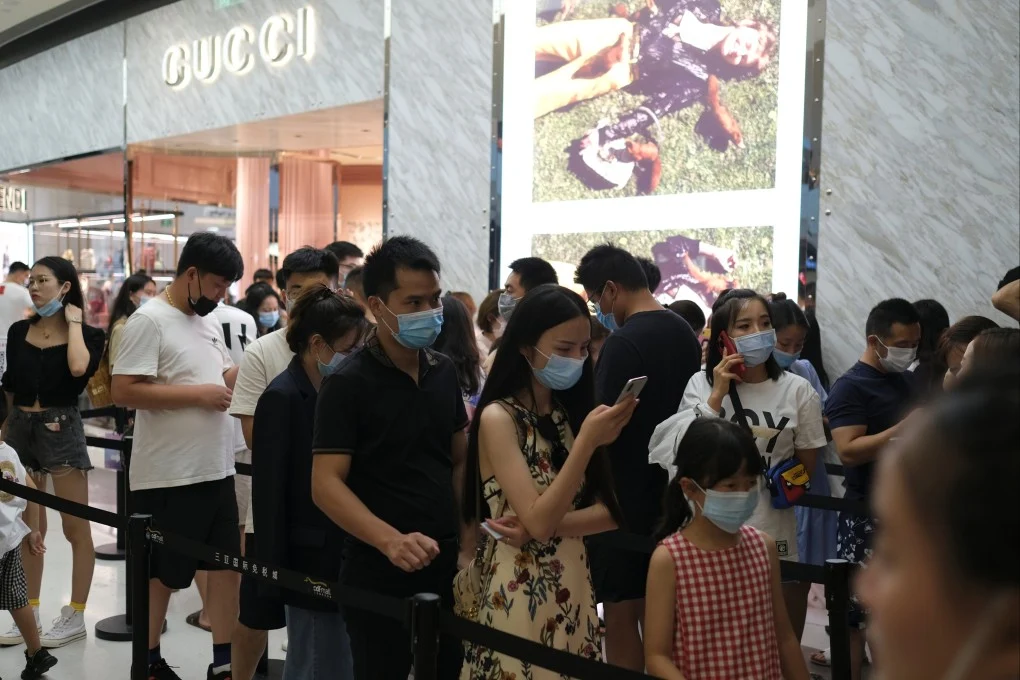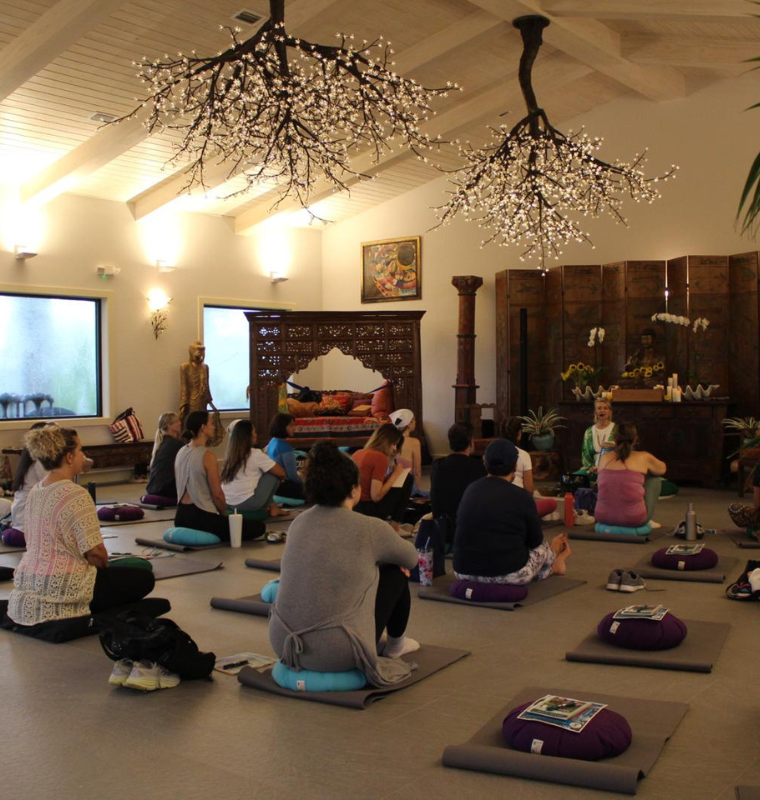China Luxury Demand Regains Strength as Shoppers Return
China Luxury Demand Regains Strength as Shoppers Return
By
David Goldfarb
Last updated:
November 17, 2025
First Published:
November 17, 2025

Photo: South China Morning Post
A Shift in China’s Luxury Landscape
After nearly a year of volatility, major luxury houses say Chinese consumers are slowly returning to the market. Executives from Prada, Coach, EssilorLuxottica and Value Retail told CNBC they are seeing clearer stabilization in demand across mainland China, offering a rare dose of optimism for a sector that has struggled with weak consumer confidence, property pressures and shifting shopping habits.
During the pandemic, China was expected to become the world’s largest luxury market, accounting for as much as 25 to 30 percent of global luxury spending according to multiple industry forecasts. But the post-pandemic landscape has been far more fragile. Youth unemployment surged to record highs, household savings increased, and property values — historically a core driver of consumer sentiment — slid for months, dampening discretionary spending among middle-income consumers.
Still, luxury leaders now say the downward cycle may be easing.
Executives Report Renewed Stability
At the JPMorgan Global Luxury and Brands Conference in Paris, executives signaled a change in momentum. Andrea Bonini, chief financial officer of Prada Group, said the company is “cautiously optimistic,” noting that sales patterns are no longer swinging as dramatically as they were in 2022 and 2023.
“We do see things stabilizing,” Bonini said, adding that a fully normalized luxury environment in China may take until 2026, once the market fully absorbs the post-pandemic economic reset.
Coach, operated by Tapestry, is experiencing even stronger tailwinds. CEO Todd Kahn reported a 20 percent surge in China sales last quarter, marking several consecutive quarters of double-digit growth. He attributed the trend to Coach’s positioning as an accessible luxury brand — appealing to a more cautious Chinese consumer seeking quality without excessive price jumps.
The company is also expanding its physical footprint with co-design studios in China and new regional hubs like Wuhan, building on its 25-year presence in the market. Because 40 percent of Coach’s growth comes from international markets, Kahn noted that rising U.S. tariffs have had “no meaningful impact” on the brand’s China business.
Data Signals Improvement
Recent earnings reports align with these executive insights. UBS research shows:
- Burberry’s Greater China sales climbed 3 percent last quarter, outperforming expectations of flat growth
- Richemont saw sales to Chinese customers stabilize at “almost flat” — a significant improvement from prior double-digit declines
- Richemont’s overall Asia-Pacific region posted 10 percent growth
- LVMH reported a 1 percent gain in Q3, its first quarterly increase of the year, with mainland China turning positive
Despite these numbers, analysts are urging restraint. JPMorgan’s head of European luxury, Chiara Battistini, said the modest uptick is coming off an “extraordinarily easy comparison base,” meaning the growth may be more reflective of last year’s weakness than genuine acceleration.
She emphasized that while spending is recovering inside mainland China, overseas spending by Chinese tourists — once a massive driver of luxury revenue in Europe and Japan — remains muted.
Local Competition Pushes Global Brands to Adapt
One major structural shift is the rise of domestic Chinese luxury brands. Shoppers who once gravitated toward Western labels are increasingly embracing local designers who offer culturally tailored collections and competitive pricing.
To keep pace, global houses are aggressively localizing. According to WPIC’s Jacob Cooke, some international brands now dedicate over 40 percent of their marketing budgets to China-specific campaigns. Product design cycles have accelerated, and brands are investing heavily in consumer data to align collections with Chinese preferences.
Platforms such as Xiaohongshu (Little Red Book) and Douyin are central to this transformation. Their recommendation-driven algorithms can propel local trends at unmatched speed, pressuring global brands to build content strategies rooted in real-time cultural awareness.
Outlet and Retail Operators See Momentum
The shift in demand is also being felt at retail hubs. Value Retail, known for its global network of luxury outlet villages, reports substantial traction in China. Chairman Scott Malkin said the company’s China properties “are going very well,” and global brands have encouraged them to expand further to ensure the authenticity and proper presentation of surplus luxury stock.
These outlets continue to attract younger “aspirational consumers” who are expected to transition into full-price luxury buyers as their incomes rise, reinforcing the long-term outlook.
Eyewear powerhouse EssilorLuxottica is also reporting robust performance, with CFO Stefano Grassi noting double-digit growth across North America, Europe and Asia. He said consumers are still favoring innovation and premium quality, pushing back against the idea that shoppers are trading down.
Stability Returns, but the Comeback Is Gradual
Luxury executives agree on one thing: China is stabilizing, not soaring. The recovery remains uneven, complicated by macroeconomic challenges and the evolving tastes of a younger, digitally native consumer base.
Yet the long-term fundamentals — a large middle class, strong appetite for global brands, and a culture that associates luxury with success — remain intact.
As Prada’s Bonini emphasized, the “structural trends” driving China’s luxury boom are still present. They are simply taking longer to reappear, leaving brands to recalibrate their strategies while monitoring what could once again become the world’s most influential luxury market.
Popular articles
Subscribe to unlock premium content
How Adults Are Paying to Experience Silent Daylong Festivals for Mindfulness

The Rise of Ultra-Personalized Scent Memory Experiences Using Olfactory Therapy

Why Some Millennials Are Paying for One-Day Luxury Survival Challenges in Nature

How Adults Are Paying to Experience Silent Daylong Festivals for Mindfulness

The Rise of Ultra-Personalized Scent Memory Experiences Using Olfactory Therapy

How Adults Are Paying to Experience Silent Daylong Festivals for Mindfulness







.png)

